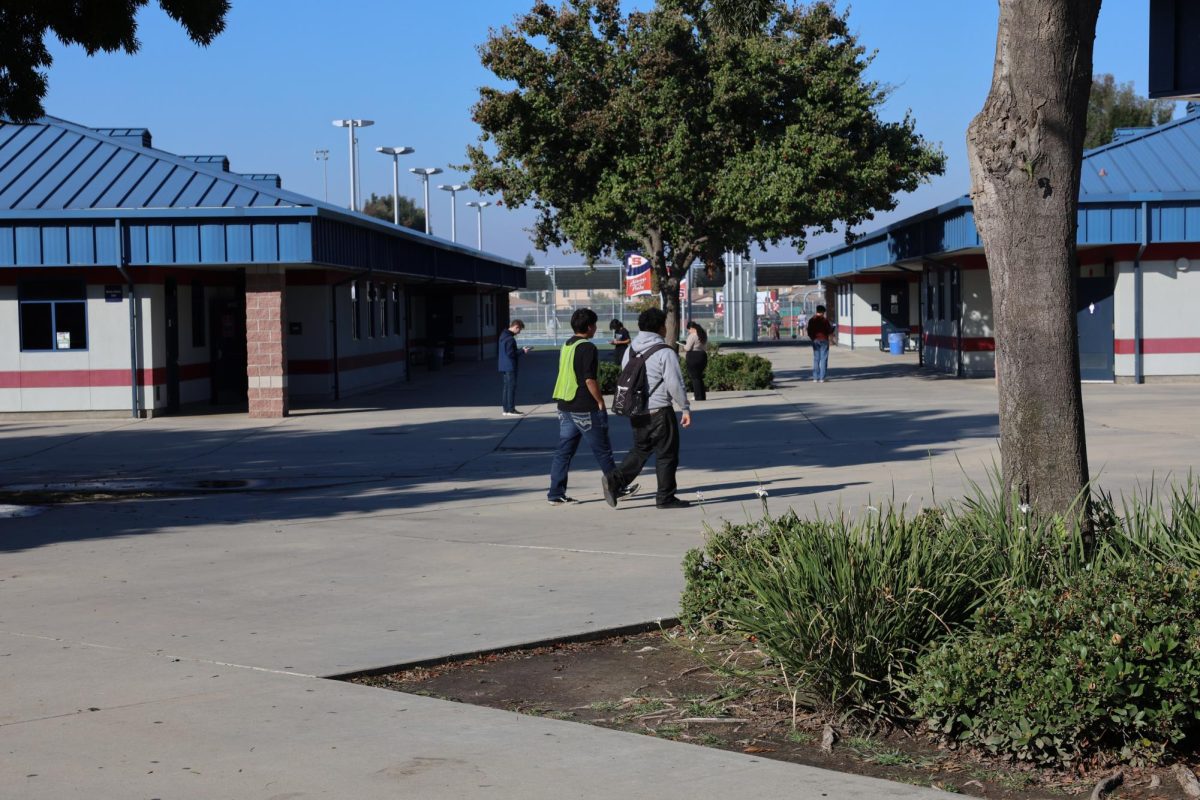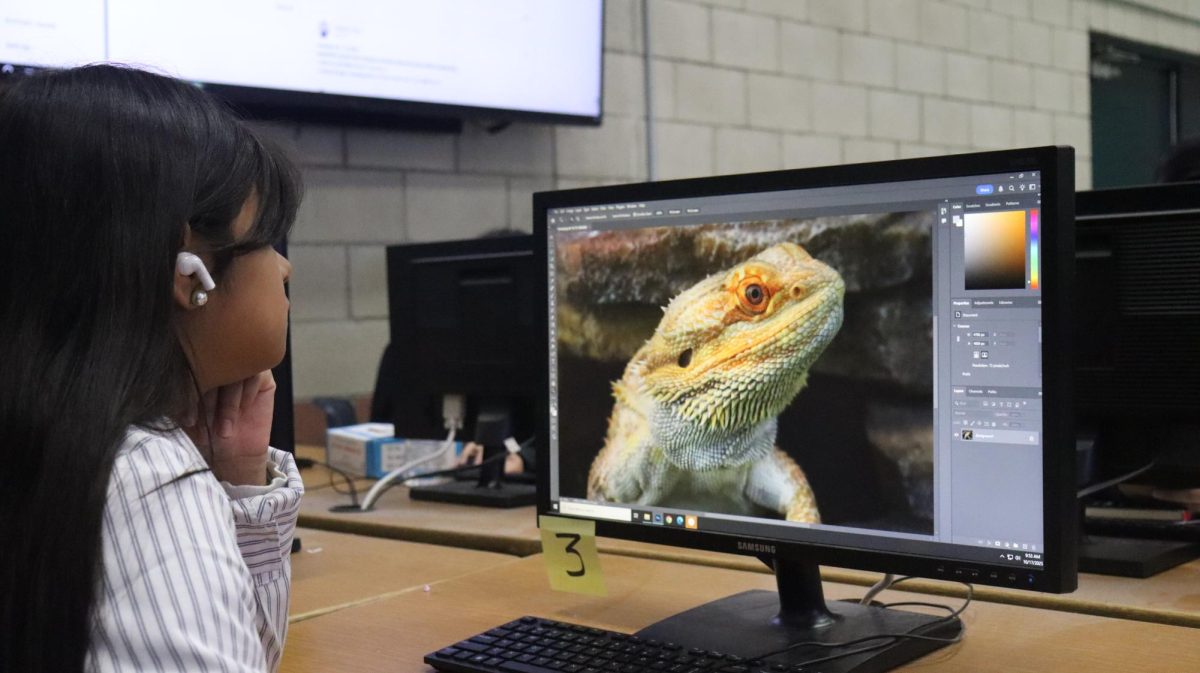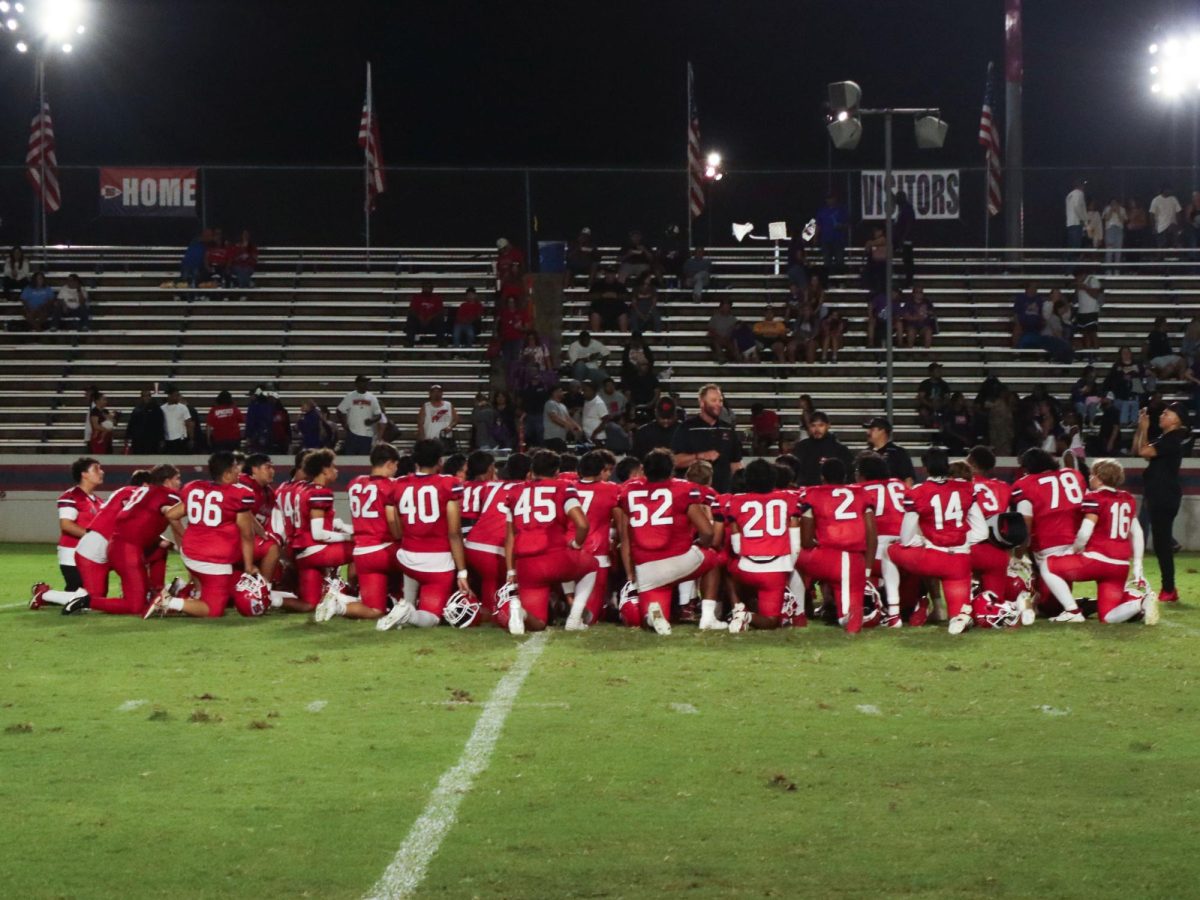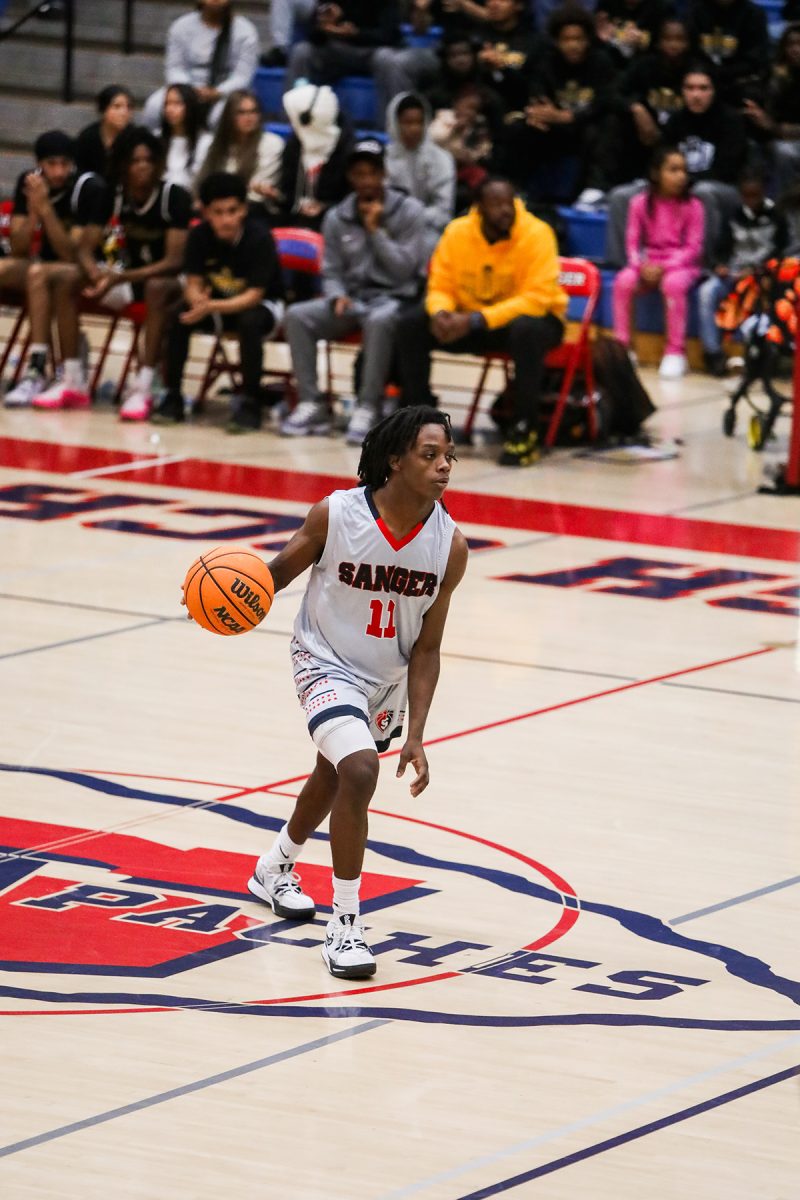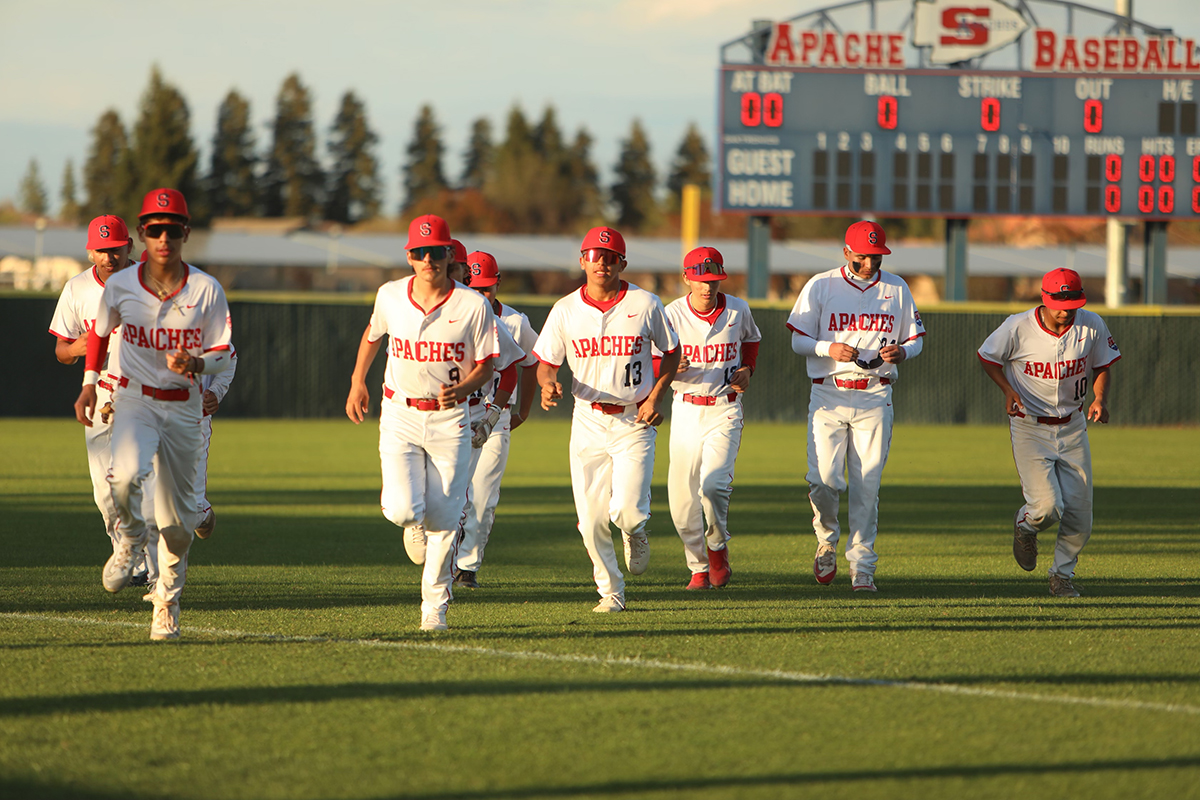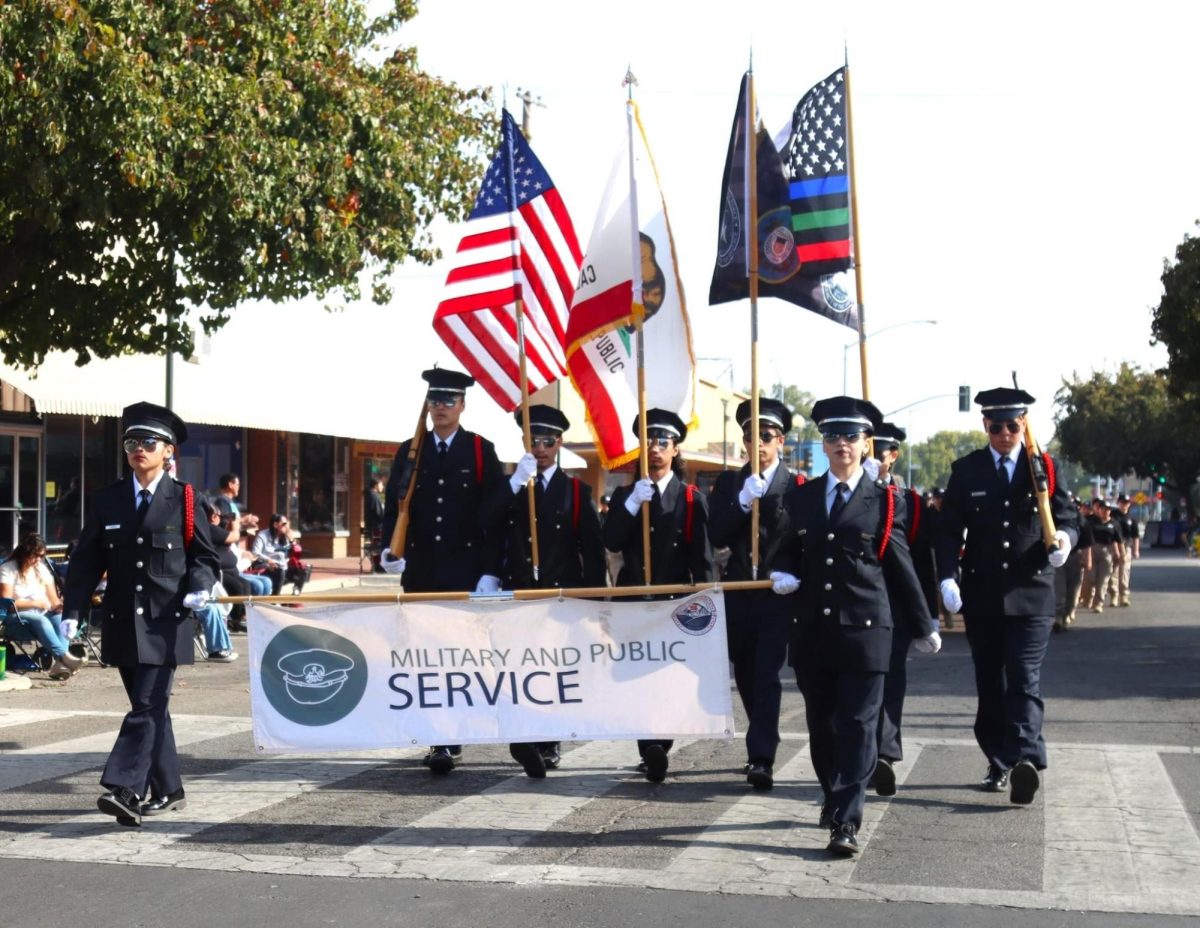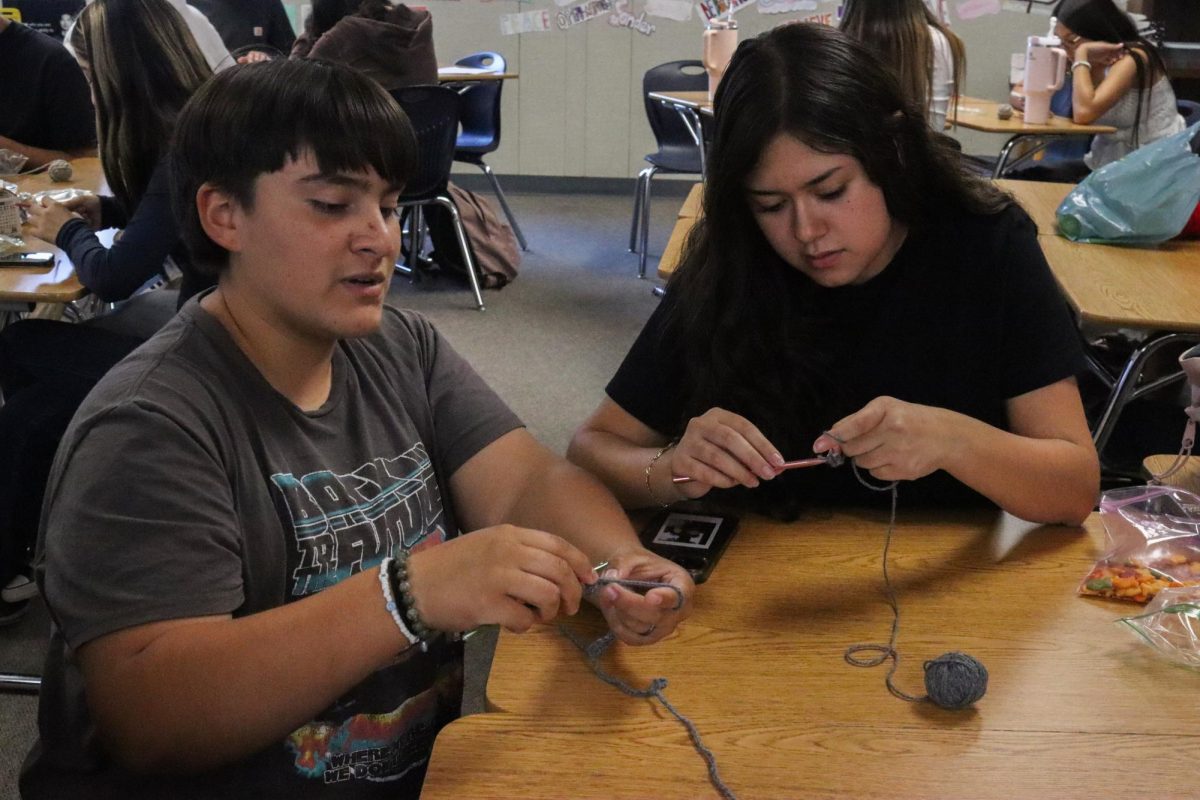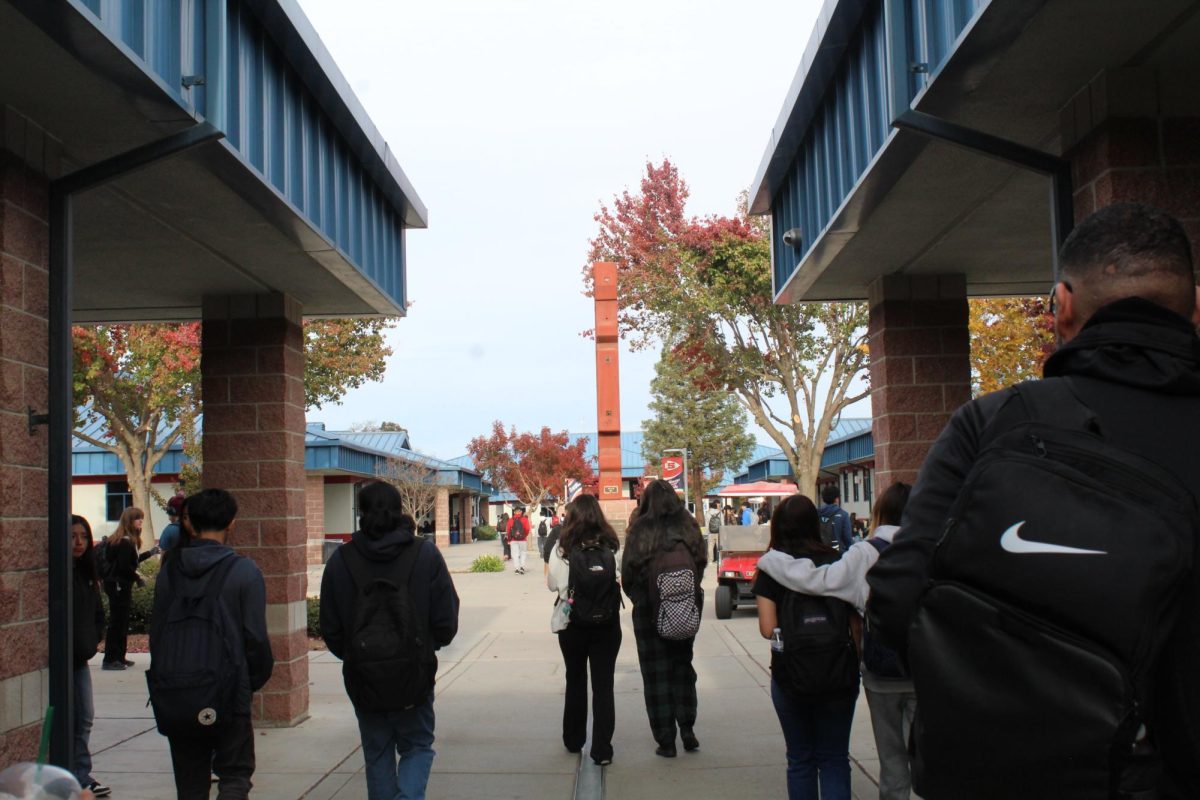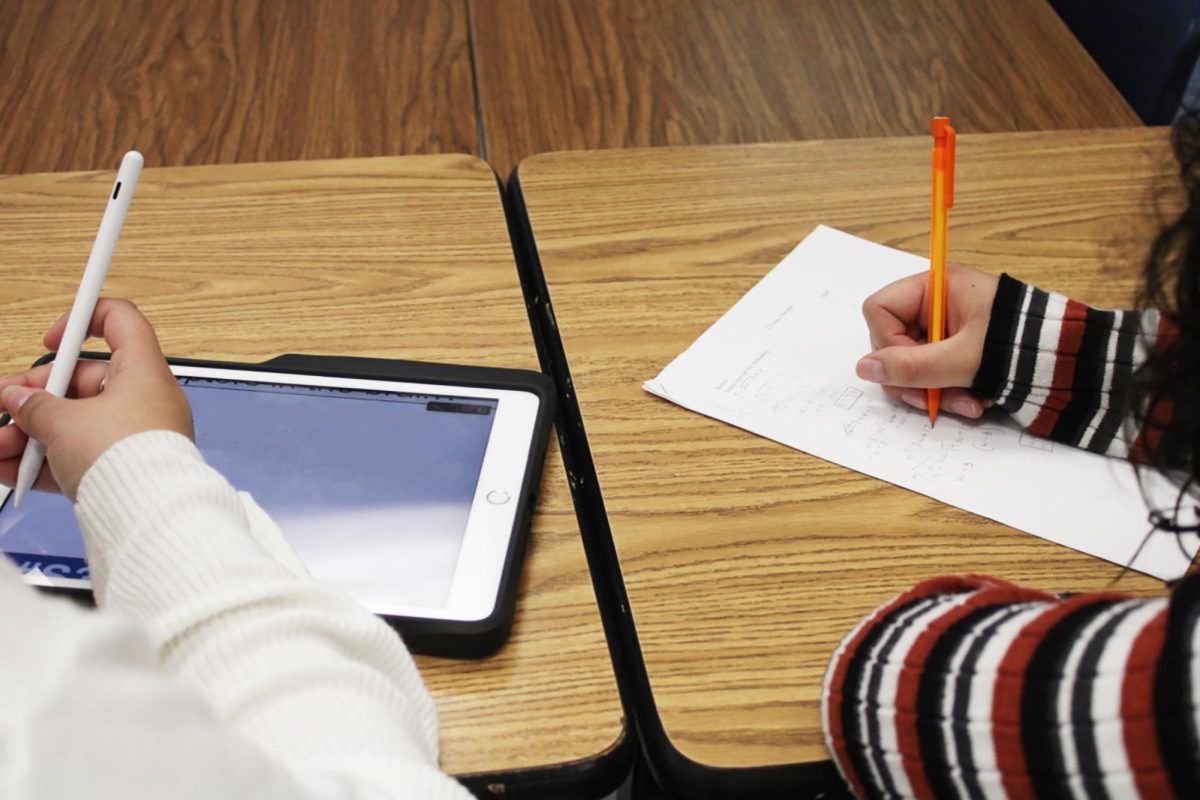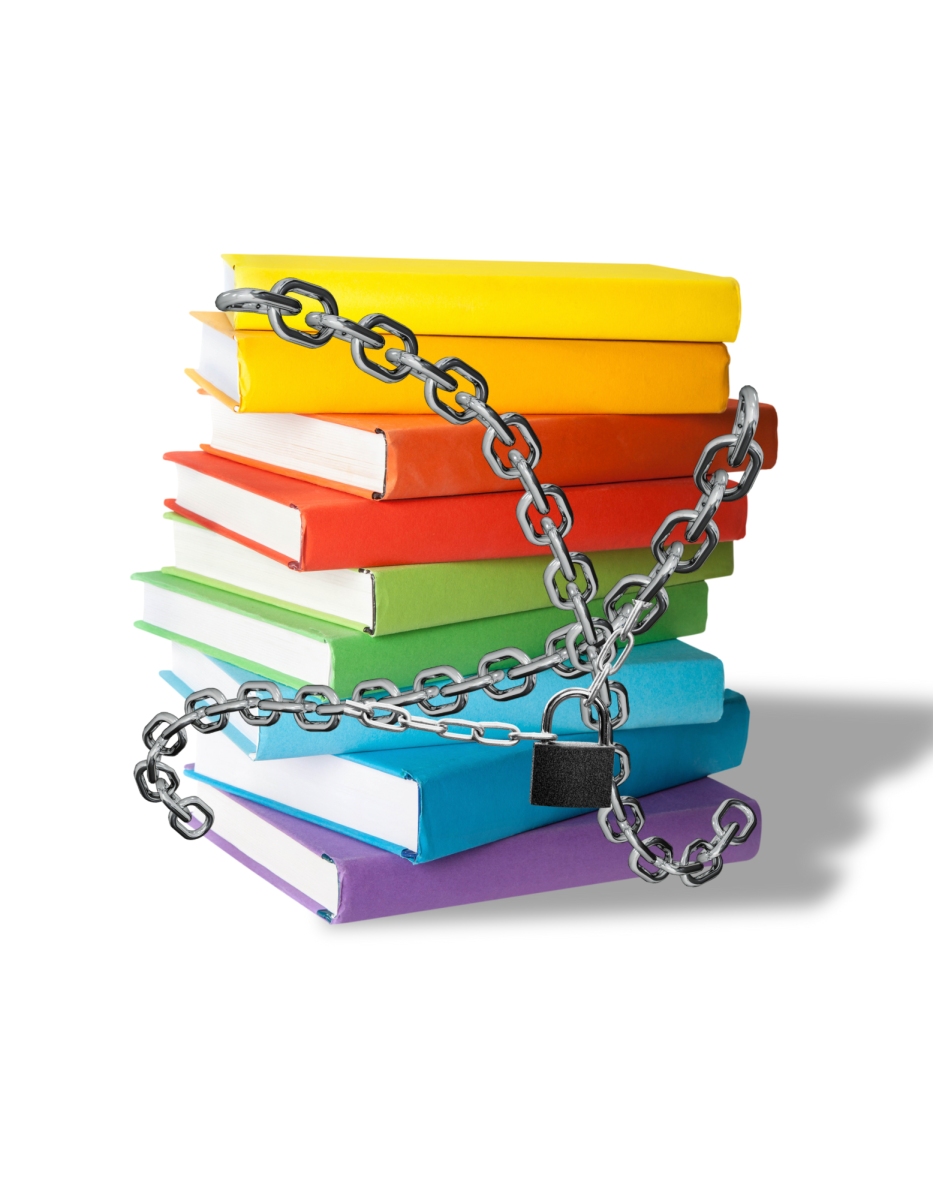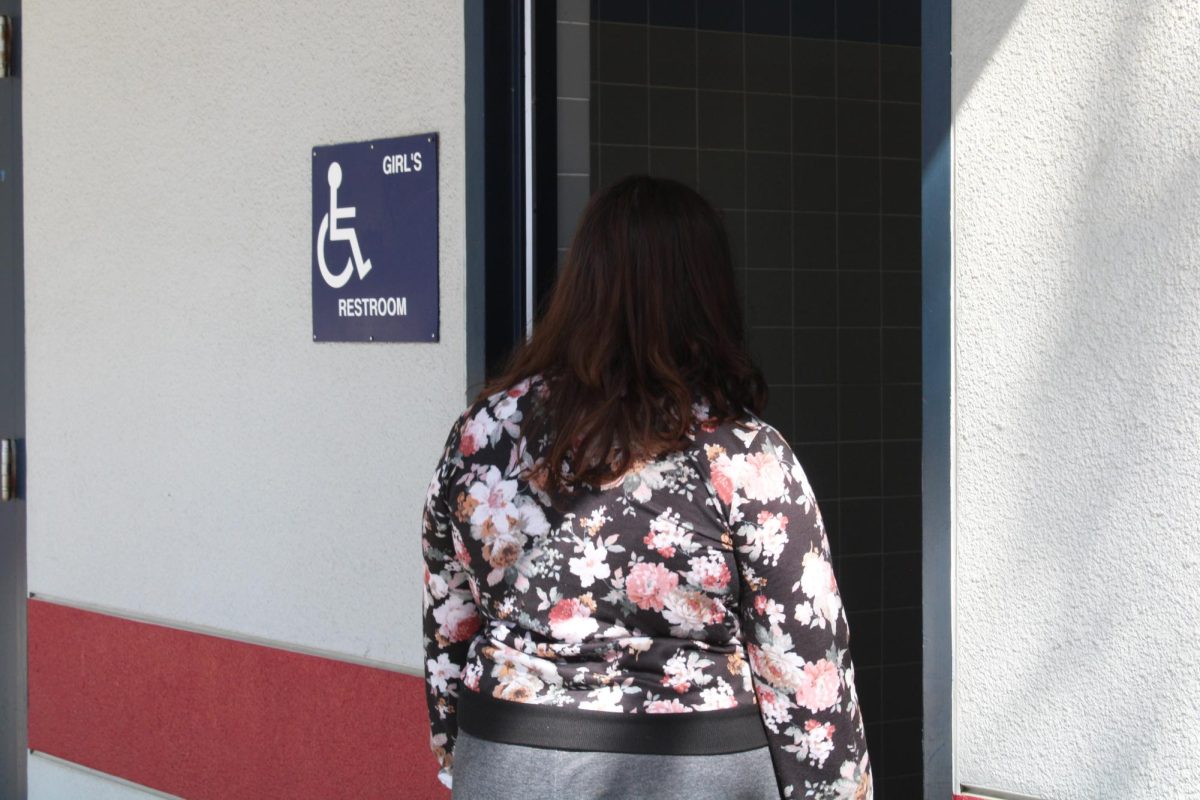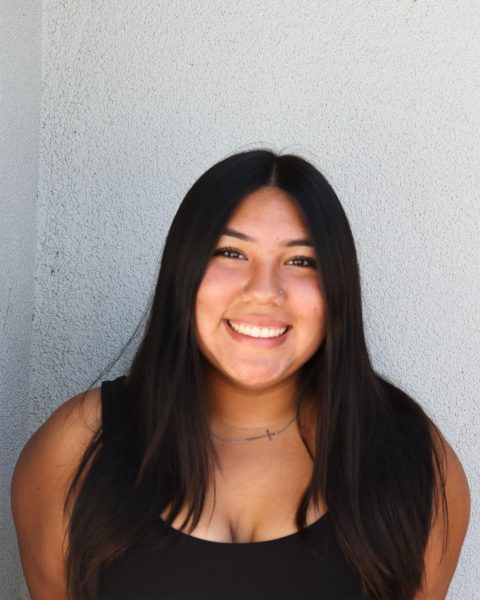It has become evident that the home of literary works of all shapes and kinds are continuously being challenged for their removal from libraries and curriculum in classrooms. While the challenges typically are generated from parents or guardians of various age groups, it has become a factor that has been presented all over the nation.
According to USA Today, book challenges across the country have hit a high in both public schools and libraries as there is growing demand for censorship and targeting of books written by or about a person of color, a member of LGBTQ+ community, or woman. Some challenges even escalate to national attention in the media.
While this continues to occur elsewhere in the world, it has also been seen here in Sanger Unified. There have been 5 books challenged up to date, one specifically to Sanger High, and none banned as reported by Sara Smith, SUSD District Librarian.
“A lot of challenges nationwide have to do with LQBTQ+ issues and racial topics and so we’re seeing that play out here in Sanger Unified as well,” said Smith.
As Smith clearly explained, there is a difference between book bans and book challenges,
“A challenge is when a parent wants to actually remove a book, and they go through a process. So we have a whole district policy for a challenge, and there are several steps.”
On the other hand, “A ban is an actual removal of the book and it’s gone,” said Smith.
Library Media Technician Chris Dahill informs us that SUSD Board Policy 6161.12 states, “The Objective of the Library/Media center is to make available to faculty and students a collection of materials that will enrich and support the curriculum and meet the needs of the students and faculty served.”
BP 6161.12 continues with “The Board of Trustees hereby declares it is the policy of the District to provide a wide range of library resources on all levels of difficulty, with diversity of appeal, and the presentation of different points of view, and allow the review of allegedly inappropriate library resources through established procedures.”
The purpose was created “To give a more of a communal voice in how their student’s school library is curated,” said Dahill.
Commonly these complaints are from parents and/or guardians. “Challenges have come primarily from parents who argue that the novel has explicit content that may not be suitable for students,” said Elison Baird, English AP Teacher.
Smith notes that many challenges stem from concepts and time periods that surround transitional periods in child development, and parents and guardians may be protective of these times in their students’ lives.
“They’re fighting to hold onto that stage so they’re not wanting to lose that moment with their child. They want to hold onto that portion of that life. so as that child progresses and reads these books they may think it is too mature.” said Smith
“It’s emotional on both sides,” said Smith.
When asked about book banning. Smith states “I don’t believe that book banning is constitutional. Students have first amendment rights just like any other person.”
“In my opinion, book banning should only be done with extreme caution and only when necessary. Throughout history, book banning has led to far more concerning things.” stated Baird.
Baird continues to share the role it plays in student education by expressing “Students should be exposed to a wide variety of texts. Teachers and librarians are highly qualified in making these decisions. As a community, teachers, parents, administrators, librarians, and most importantly, students should collaboratively decide on what texts come across student’s desks.”
Nevertheless, the role that books play in education is certain; however, the complexities of each of the book’s contents continue to encourage conversation.



